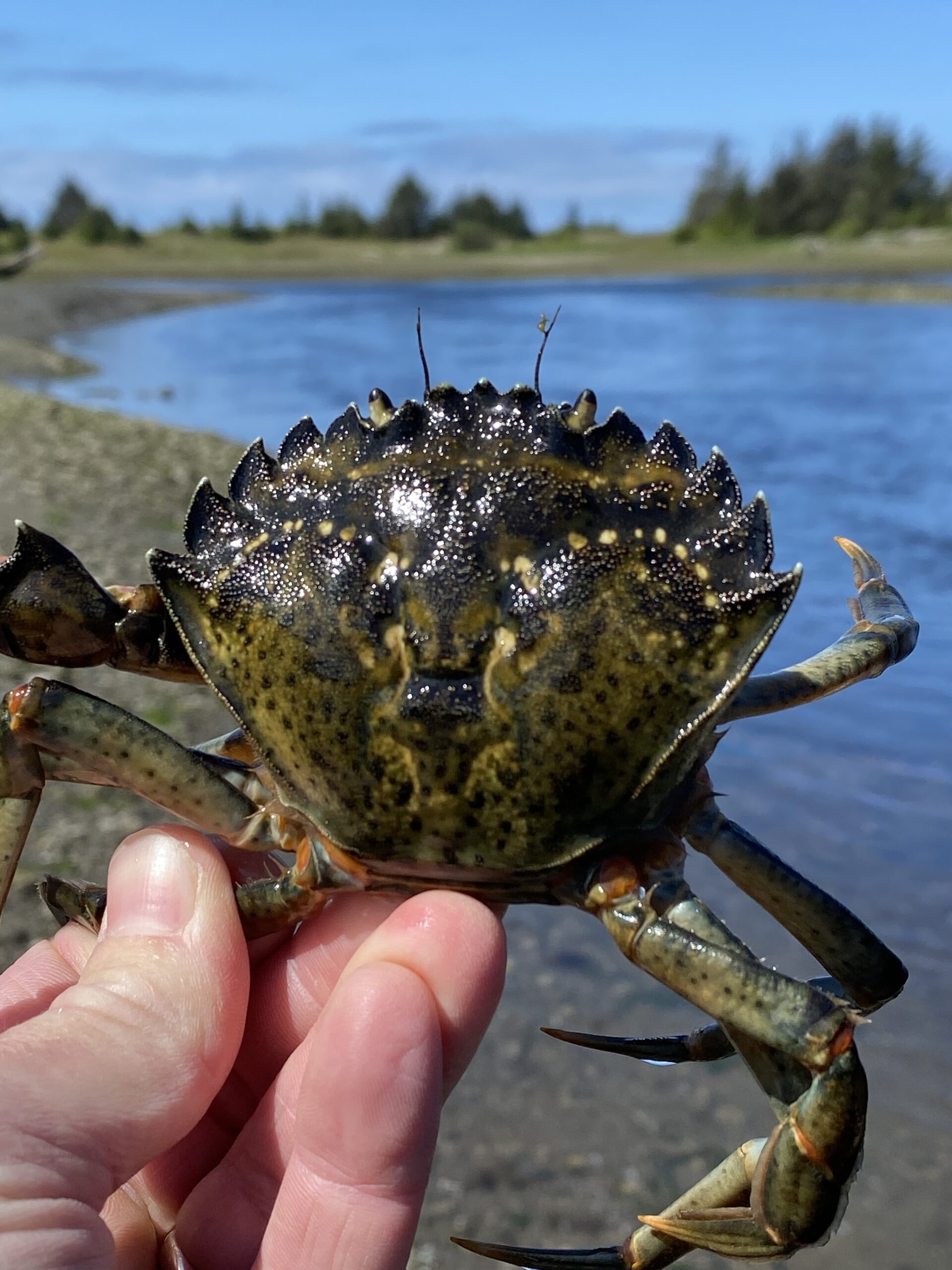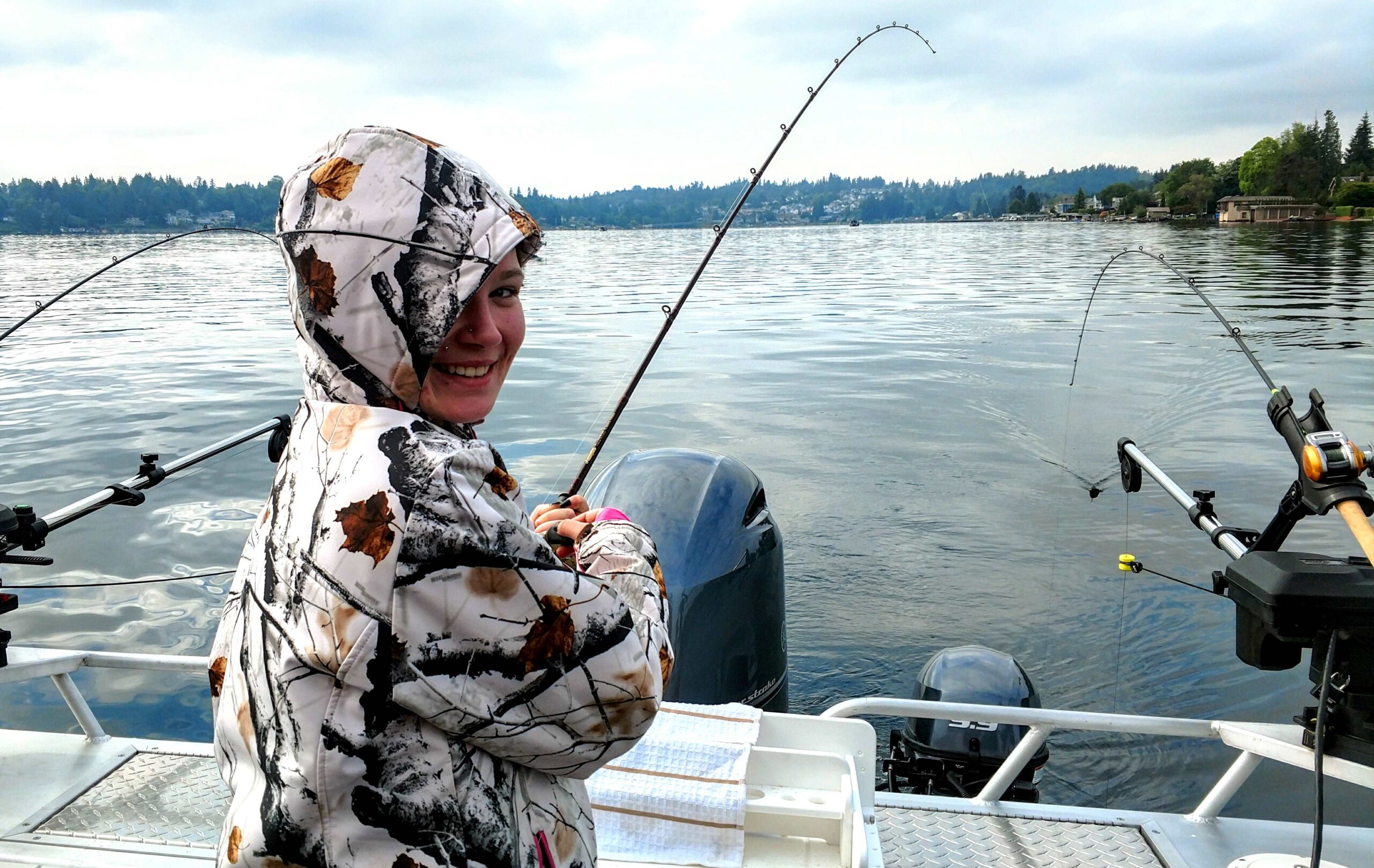By Rick Lawrence
Let’s talk about winter bass fishing. Whether you choose to fish out of a boat in open water, or venture out on a frozen lake to drill a hole in the ice, you can catch bass in the winter. This time of year can be challenging for bass anglers, but with the right techniques you can master it. Here are the top 8 most important steps to follow when fishing for bass in the winter.
Choose the Right Lure Type
The first thing you’ll need to think about is grabbing the correct lure for the season. You can’t use the same strategy you use when the water is warm, no matter what way you look at it. Winter fishing techniques require finesse, but they also require a bit of preparation. Fast-moving lures and excessively noisy ones won’t work when the water temperatures drop. You’re going to want to use bottom feeders and slower moving lures like jigging raps, flutter spoons, or, if you are fishing open water, suspending jerkbaits, if you work them slowly, with long pauses.
Stay away from lipped and lipless crankbaits, spinnerbaits, and other fast-moving lures during the winter months. Even switching from lures to live bait when legal is sometimes the key to landing winter bass.
Always choose the most natural color you can, and try to imitate the fish’s color in the water you’re fishing.
Slow it Down
You need to slow down your presentation when the water temperatures drop. Winter largemouth bass fishing requires you to think like a fish. The water is cold, their metabolism is slow, and they’re not feeding much, so they will never chase a fast-moving bait halfway across the pond. It won’t work.
You need to drop something right in front of their face, make the bass think it’s almost dead, and move it slowly and erratically, so they think they’ve got an easy meal on their hand. Once you do that, you’ll have no problem retrieving them because they won’t put up much of a fight. In less than 40-degree water, you’re in for a challenge. At that temperature, the bass are incredibly inactive, and their metabolism is super slow, so they’re not feeding much, and they’re preserving all their energy by taking on the simplest of meals.
For you to have success fishing during this time, you need to throw your lure right in their face and present it slowly enough for them to get it.
The 40-to-50-degree temperature range is prime fishing in the north, so expect to find bass in this temperature range most frequently during early and late winter months. Bass in this temperature will slow down quite a bit, but they’ll still have feeding periods each day, and this is when you need to capitalize by using the right lures and offering a slow but calculated presentation.
Size it Down
In addition to presenting more slowly, you’ll also want to present a smaller lure. Small bait fish imitations can trigger strikes, or you can go with a small nedhead jig or spoon with some red on it.
The bottom line is, your strategy needs to stay in line with the conditions. If it’s cold and the water temperature is near freezing, use a small ned, or the smallest swimbait you have, nose hooked on a drop-shot jig. Doing so will present less of a threat to the bass, and they’ll think they stumbled upon an easy opportunity for a meal.
Go Neutral
Color is also an important factor in the winter. If you can find baitfish in the water, see what color they are, and mimic them. If not, go neutral whenever possible.
Know Where to Look
The best tip someone ever told me is to use a good fish finder and search the area for fish before you try fishing for them. Water clarity is also a huge factor in the winter. If the water is murky, the baitfish will run deeper. If you have clear water, the baitfish will come closer to shore and into the weed lines. Look for green weeds, rocky drop-offs, submerged islands, or any structure that might be a good spot bass would use, then scout the area for fish with your electronics.
Time it Right
As previously mentioned, you need to change your mindset when it comes to fishing in the winter. When the water temperatures are warm, we know that the best times to fish for bass is first thing in the morning and right at dusk.
When you’re fishing in the winter, you’ll want to fish the middle of the day because this is when the water will be the warmest. Once the sun has hit the water for a while, the baitfish will start to move around, and this is when you stand the best chance of catching more bass.
Don’t Forget the Basics
One of the most important winter bass fishing tactics to learn revolves around understanding structure and baitfish. You can sometimes find bass without any structure around if there are baitfish there, and sometimes you can find bass on structure without any baitfish, but you will never find them where neither are present. You need to understand these two points and why they’re critical for winter fishing. Baitfish will sometimes hug the shore near creeks because this is where the most oxygen is, and the temperature tends to be a bit warmer. As we all should know, bass follow the baitfish, so this is where you’re likely to find more bass. Offshore green weed lines can also hold bait fish and provide bass with ambush points to catch an easy meal, making them prime spots as well.
Bring the Right Gear
While this isn’t a direct tip per se, I wanted to talk briefly about safety and gear. Depending on your location, fishing in the winter can be dangerous because of frigid temperatures and dangerously cold water. You need to make sure you have enough layers to keep yourself warm, and plenty of backup gear in case you fall in or get wet. Wear multiple layers with socks, ice fishing boots, and fingerless gloves so you can maintain full movement of your fingers. If you’re on the ice, make sure you have all the proper safety gear you need in case you should fall through the ice, and don’t ever fish on the ice alone.





















